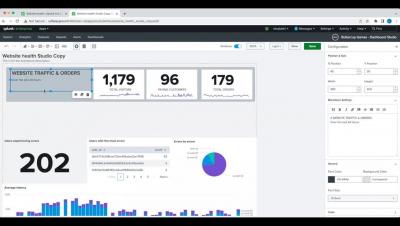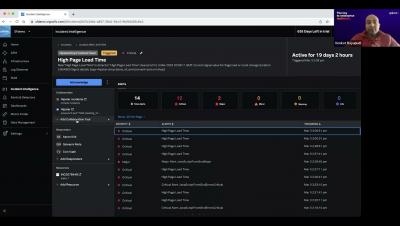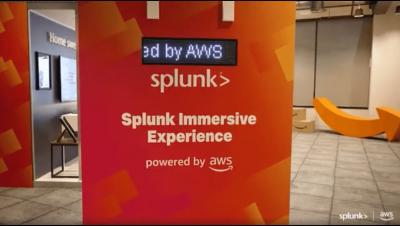Splunk Dashboard Studio Demo in Splunk 9.0
Splunk Dashboard Studio is our new and intuitive dashboard-building experience that allows you to communicate even your most complex data stories. This demo walks you through how to convert an existing Classic Simple XML dashboard to Dashboard Studio and how to leverage Splunk Dashboard Studio to more effectively communicate the data in your dashboard. Follow along to learn about the key capabilities to leverage when building dashboards in Splunk, including how to edit the source code to apply default configurations to multiple objects at once, how to use the configuration panel to easily edit objects, and more tips and tricks to group and stylize your visualizations.











